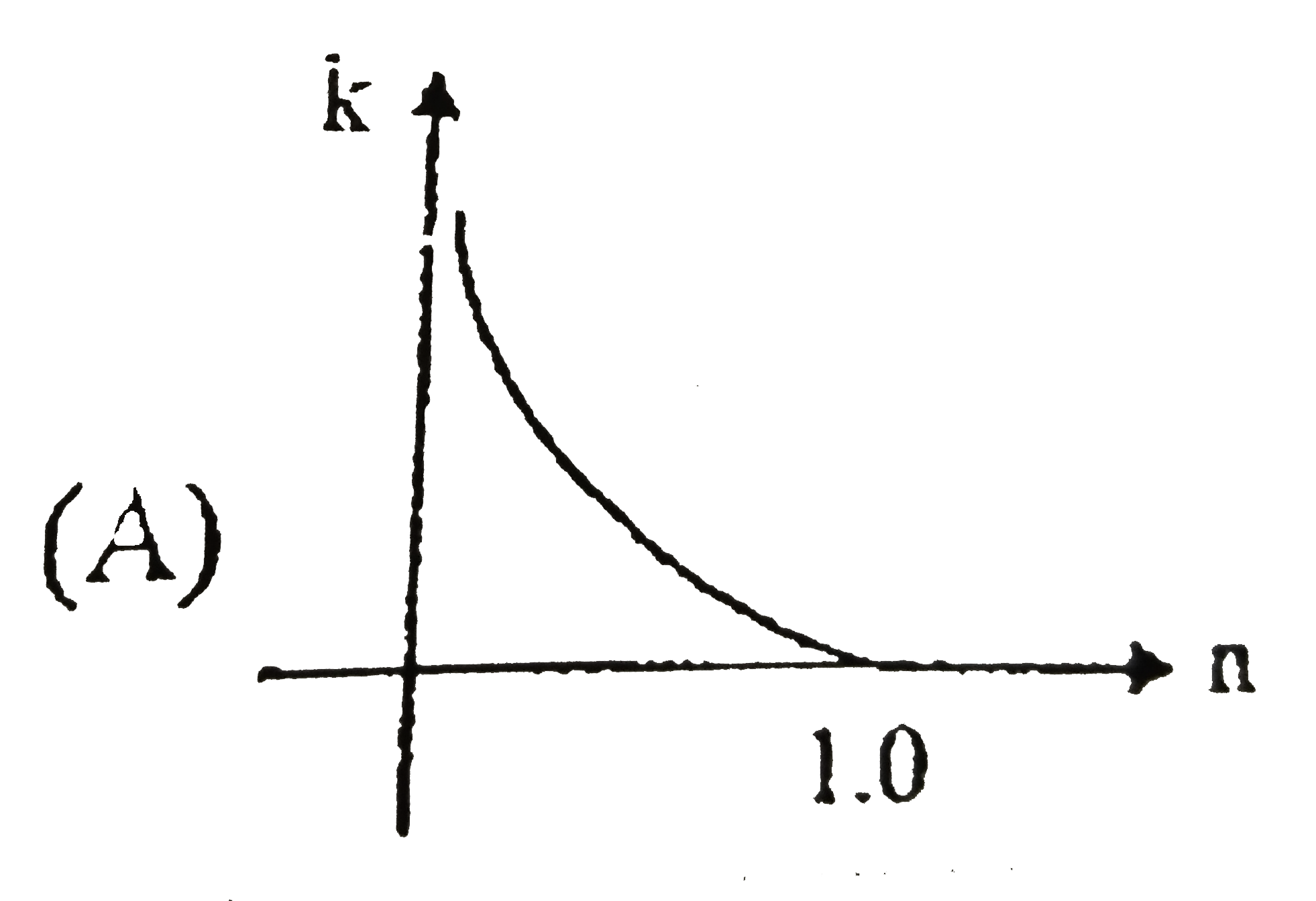A block (A) of mass 45kg is placed on another block (B) of mass 123gk.Nowblock(B)isdisplacedbyextenala≥ntby50 cm horizontally towards right. During the same time block (A) just reaches to the left end of block (B), Initial and final positions are shown in figures . the work done on block (A) in ground frame is
 ,
,
−18J
18J
36J
−36J.
The correct Answer is:B
There is slip, so maximum friction will act on A the direction of motion (or towards right)

f−μmg=0.2×45×10=90N
S=40−10−10=20cm=0.2
W=fS=18J.
Similar Questions
Block A of mass 1kg is placed on the rough surface of block B of mass 3kg. Block B is placed on smooth horizontal surface. Blocks are given the velocities as shown. Find net work done by the frictional force. [in (−)veJ].
 .
.
View SolutionBlock A of mass 3 kg is placed on another block B of mass 5 kg placed on the smooth surface. If coefficient of friction between two blocks is 12 and 32 N force is applied on block B as shown in the figure, then the work done by the frictional force on block A in first two second will be (initial velocity of the system is zero and g=10ms2)

View Solution
Knowledge Check
A block (A) of mass 3 kg in contact with a second block (B) of mass 2 kg rests on a frictionless horizontal surface. A horizontal force of 20 N is applied to push the block A. What is the force with which the block A pushes the block B?
A4NB6NC8ND10NA block of mass m is at rest on an another block of same mass as shown in figure lower block is attached to the spring than the maximum amplitude of motion so that both the block will remain in contact is
 Amg2kBmgkC2mgkD3mg2k
Amg2kBmgkC2mgkD3mg2kBlock A of mass m is placed on a smooth surface and block B of mass km (k<1) is projected towards other end of block A. If work done against friction is n times the initial kinetic energy of block B, the graph between k and n is
 A
A B
B C
C D
D
A block of mas m is placed on a triangular block of mas m, which in tunis placed on a horizontal surface as shown in figure. Assuming frictionless surfaces find the velocity of the triangular block when the smaller block reaches the bottom end.

View SolutionA block of mass 50 kg is kept on another block of mass 1 kg as shown in figure. A horizontal force of 10 N is applied on the 1 kg block. (All surface are smooth). Find (g=10m/s2)

Force exerted by B on A.
View SolutionA block of mass m is released from a wedge of mass m as shown in figure . Find the time taken by the block to reach the end of the wedge.

View SolutionA block of mass 50 kg is kept on another block of mass 1 kg as shown in figure. A horizontal force of 10 N is applied on the 50kg block. (All surface are smooth). Find
(g=10m/s2)
Acceleration of block A and B.
View SolutionA block of mass 1 kg is pushed towards another block of mass 2 kg from a 6 m distance as shown in the figure. If just after the collision, the velocity of 2 kg block is 4ms−1, then

View Solution
